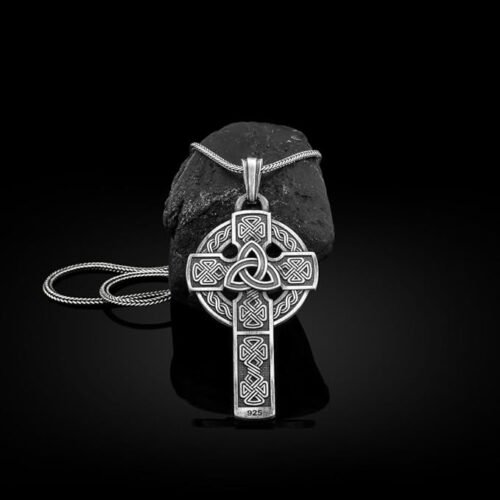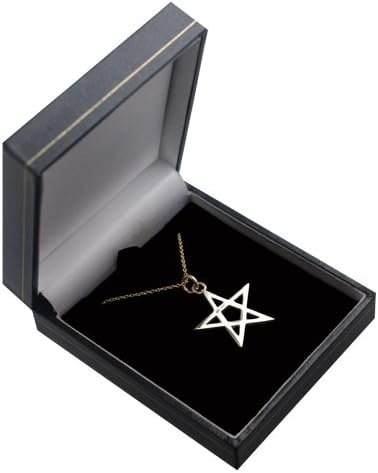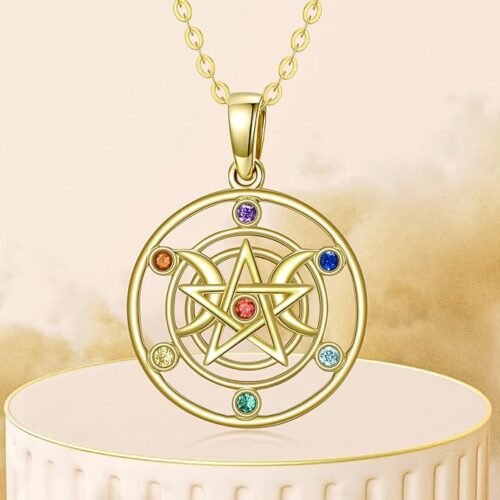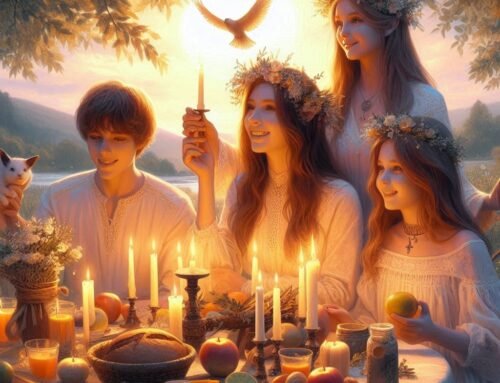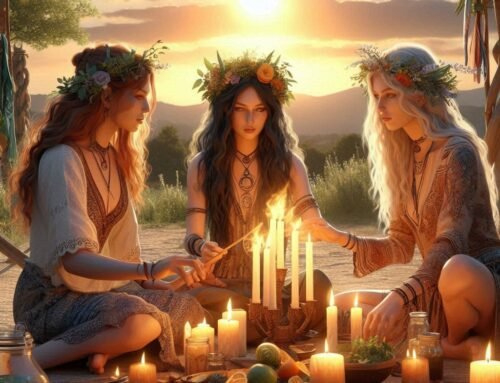
Celebrating Beltane
Exploring the Significance and Cultural Evolution of Beltane: A Multidisciplinary Analysis
Beltane, a Gaelic May Day festival steeped in ancient tradition and folklore, represents a rich tapestry of cultural practices and beliefs. This article delves into the historical, mythological, and anthropological dimensions of Beltane, examining its agrarian significance, ritualistic customs, and contemporary revival. Drawing upon a multidisciplinary approach, we explore the etymology, toponymy, and historic customs associated with Beltane, shedding light on its evolution from ancient Celtic traditions to modern-day neopagan observances. Additionally, we analyze the symbolic significance of bonfires, floral decorations, and other ritualistic elements, elucidating their cultural and psychological implications. Through this comprehensive analysis, we aim to provide insights into the enduring relevance of Beltane as a cultural phenomenon and its resonance in contemporary society.
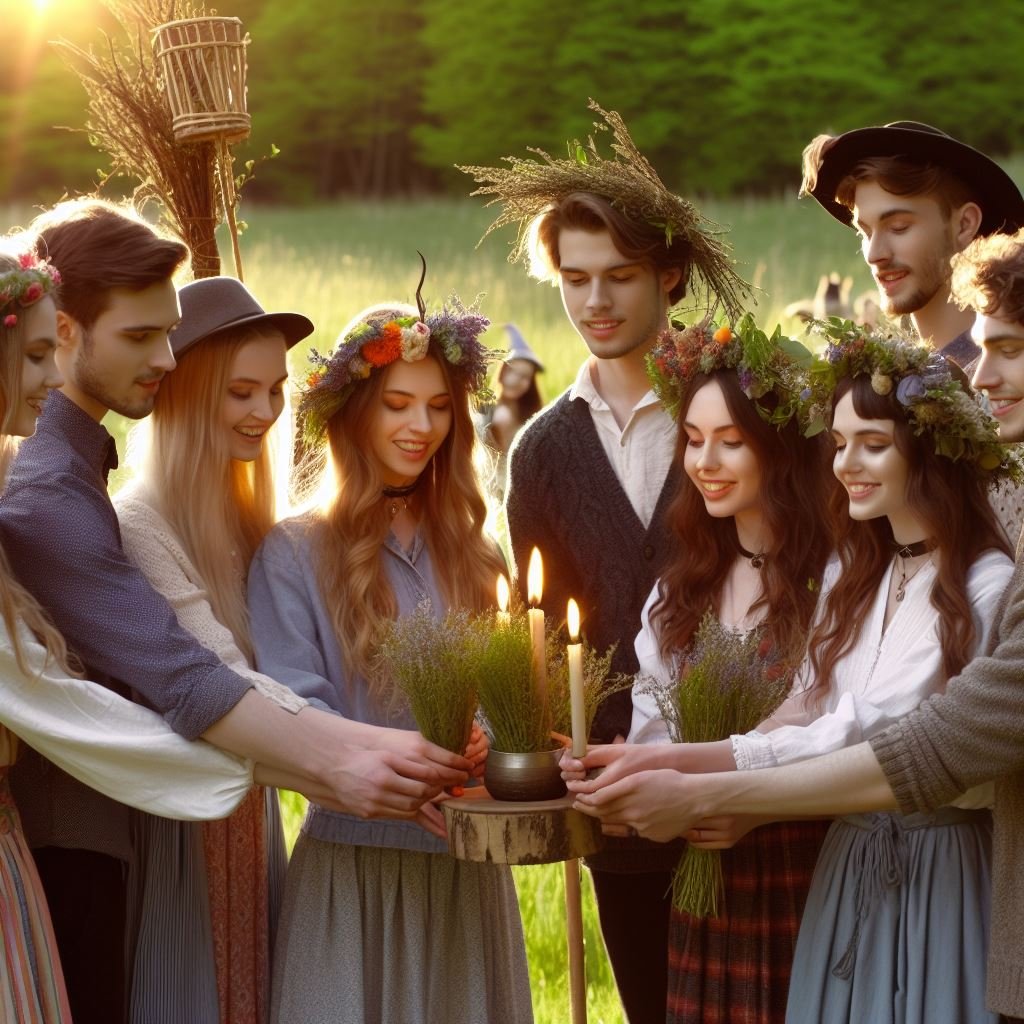
Beltane celebrations
Beltane, a Gaelic festival marking the onset of summer, has captivated the imagination of scholars and enthusiasts alike for centuries. Rooted in ancient Celtic traditions, the holiday encompasses a diverse array of customs and rituals, reflecting humanity’s deep-seated connection to nature and the changing seasons. In this article, we embark on a multidisciplinary exploration of Beltane, weaving together insights from history, mythology, anthropology, and folklore studies. By unraveling the layers of meaning embedded within this enigmatic festival, we seek to illuminate its significance within the broader context of cultural heritage and contemporary spirituality.
Etymology and Toponymy
The etymology of “Beltane” has long intrigued linguists and historians, with scholars proposing various theories regarding its origins. One prevailing hypothesis suggests a derivation from the Common Celtic *belo-te(p)niâ, meaning “bright fire,” underscoring the festival’s association with bonfires and illumination. Alternatively, the term may stem from a reconstructed Common Celtic form *Beltiniyā, possibly linked to the Lithuanian goddess of death, Giltinė. The toponymy of Beltane is equally fascinating, with numerous place names in Ireland and Scotland bearing witness to its historic observance. From Beltany stone circles in County Donegal to Tamnaghvelton in County Armagh, these locales serve as tangible reminders of the festival’s cultural significance.

Celebrating Samhain
Historical Customs and Rituals
The historical customs associated with the festival offer valuable insights into ancient Celtic society and agrarian practices. Central to Beltane observance was the ritualistic kindling of bonfires, believed to possess protective powers and symbolic significance. Cattle were driven between these sacred fires as a form of purification and blessing, while floral decorations adorned doorways and livestock to evoke fertility and abundance. Holy wells were also visited, and dew collected on Beltane morning was revered for its purported healing and rejuvenating properties. These customs, rooted in animistic beliefs and seasonal rhythms, reflected humanity’s intimate relationship with the natural world.
Cultural Evolution and Revival
Despite waning in popularity during the 20th century, Beltane has experienced a resurgence in recent decades, fueled by neopagan and cultural revival movements. Contemporary celebrations, such as the Beltane Fire Festival in Edinburgh and rituals at Butser Ancient Farm, blend historical authenticity with modern interpretation, engaging participants in immersive experiences that honor the festival’s ancient roots. Neopagan communities worldwide observe Beltane as a sacred occasion, embodying themes of fertility, renewal, and communal celebration. Through these diverse manifestations, Beltane continues to evolve as a living tradition, enriching contemporary society with its timeless symbolism and profound resonance.
In conclusion, Beltane stands as a testament to humanity’s enduring fascination with the natural world and the cyclical rhythms of life. From its ancient origins as an agrarian festival to its contemporary revival as a cultural and spiritual phenomenon, Beltane continues to captivate hearts and minds across the globe. By delving into its etymology, historical customs, and contemporary manifestations, we gain a deeper appreciation for Beltane’s significance as a cultural heritage and a source of inspiration for generations to come.





